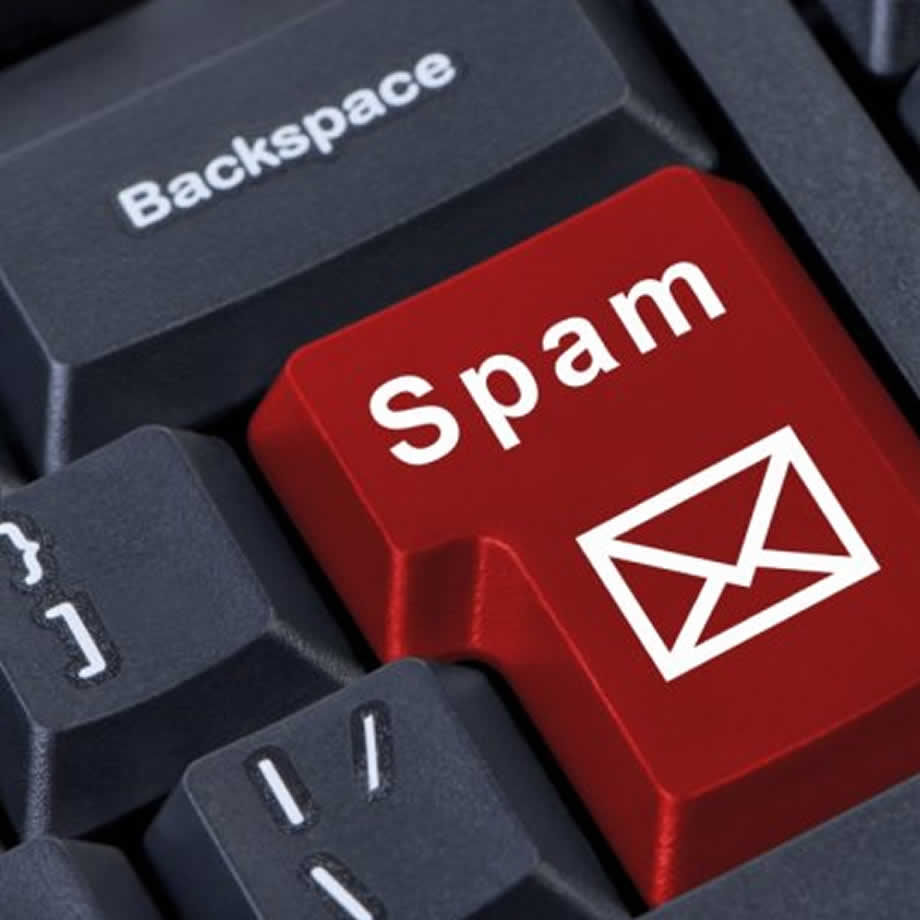Gesatech Solutions
Your Trusted IT Partner
Why Are My Emails Going to Spam?
- February 8, 2019
- IT Troubleshooting
Every email server has different email filtering criteria. Such criteria ensure that only the right emails find their way into the receiver’s inbox. If your email goes to spam, it might be that it has been flagged as spam. Here are a few reasons why legitimate emails may land in the spam box.
Do Others Think It’s Spam
The more an email from your address is opened, the more likely that an email server will consider it the right sort of email. On the other hand, if more recipients of your newsletter are flagging it as spam for one reason or another, the email server will automatically start sending your message to the wrong folder. To get around this, use catchy, non-deceptive headlines and beef your email with the right content for the right audience.
Spam-Trigger Words
Your newsletters might be going to the wrong folders because of your use of spam-trigger words. Email marketing can only be effective if your messages reach your customer’s inbox. To do that, avoid using some or all of these words altogether:
- score with babes;
- earn extra cash;
- online degree;
- $$$;
- Why pay more;
- Amazing;
- Congratulations;
- Act Now, etc.
Try to avoid these words and other sensational phrases even if your email is amazing and they can actually cancel at any time.
Attachments
Now, this normally applies to a recipient you don’t have regular communications with. Attachments have been used to spread malware via emails by many hackers. For this reason, first-time emails, or emails to people who don’t have you in their address book could be flagged for carrying potentially harmful information. If it’s the first time you are sending an email to someone, give them a reason to trust you before you start attaching documents.
Recipients Don’t Know You
For businesses, building an email list is important for driving engagement. While it might be tempting to buy emails in bulk from third-parties, remember that successful email marketing is couched on trust. Your audience must expect your email before you send them. That means you should send an opt-in email first before you start bombarding them with ‘amazing’ promotional offers. You should also include your physical address and an unsubscribe link to alert mail servers that you are legitimate.
Failed Verification
One way to ensure your email is trusted by the spam filters is by authenticating your email address. You can use either a Sender Policy Framework (SPF) or Domain Keys Identified Mail (DKIM) to do this. The former validates all emails coming from the right domain and prevents hackers from sending messages pretending to be from your domain successfully. This means third parties can’t send an email claiming to be coming from your domain, also known as email spoofing. The latter adds an encrypted signature to all outgoing emails. When the receiver’s email server detects this signature, it verifies it as coming from the right source, thereby passing your message to the inbox.
Emails that fail SPF and DKIM verification checks may be sent directed to spam or rejected altogether, depending on the recipient’s mail server configuration.
Share this article with your friends

MORE RESOURCES
Contact Details
No. 35/C16
Off Spintex Road
Opposite Global Access
Accra, Ghana
+233-(0)30 297 8297
+233-(0)55 846 8325
Copyright 2017 © Gesatech Solutions


